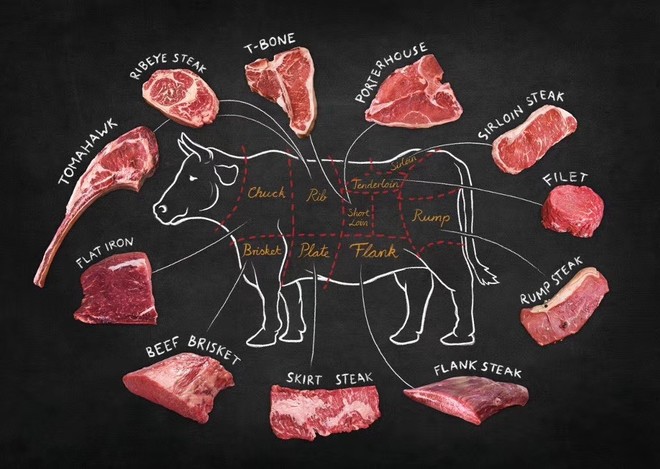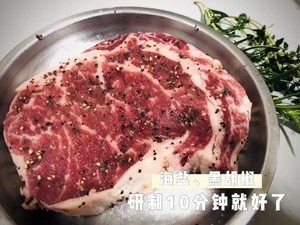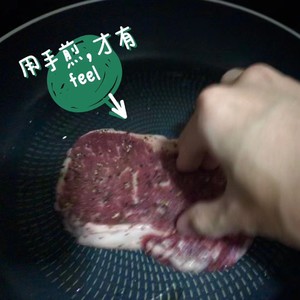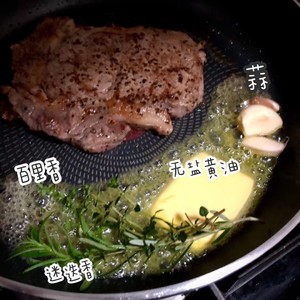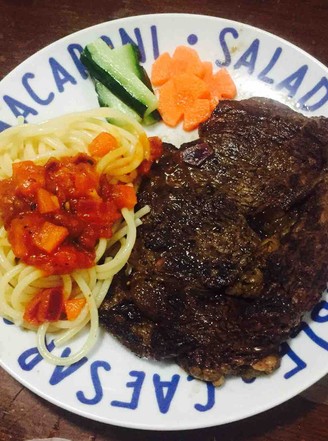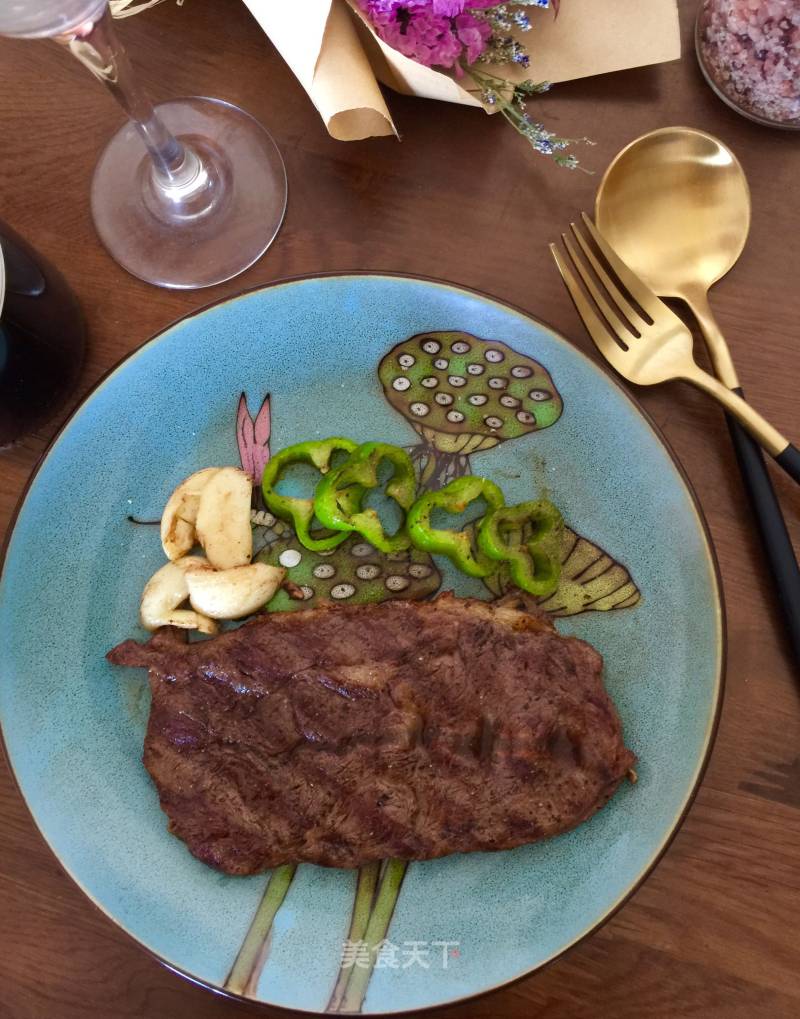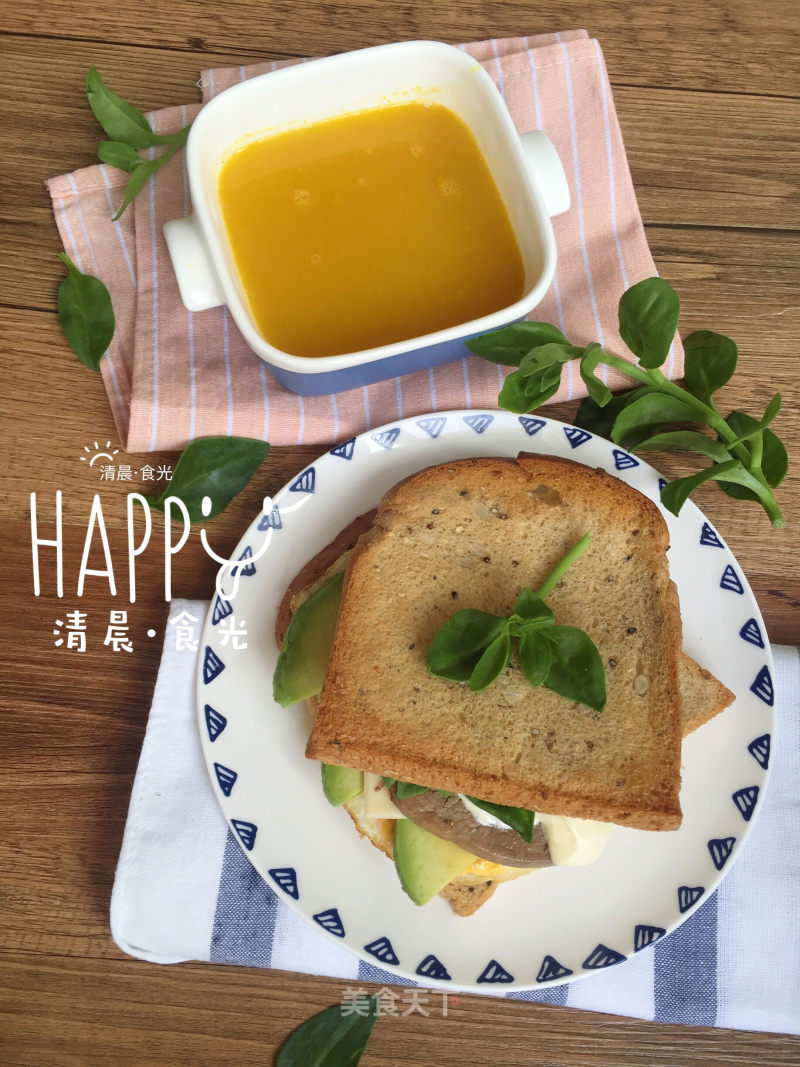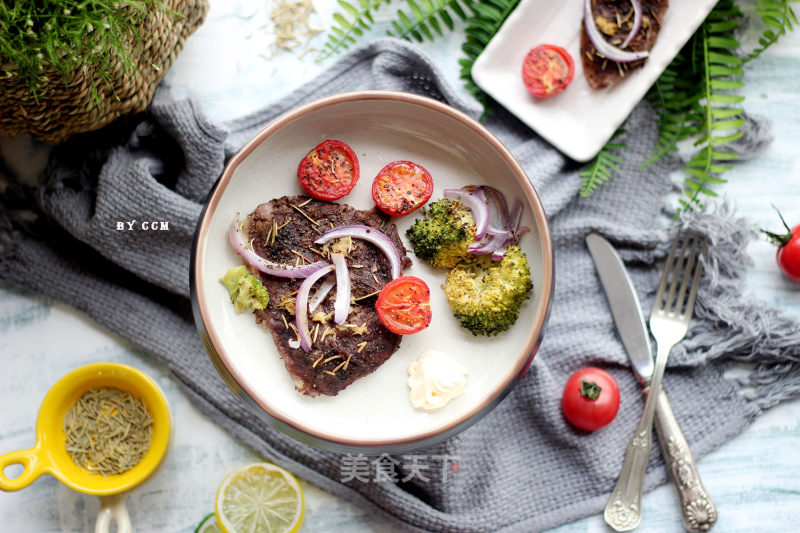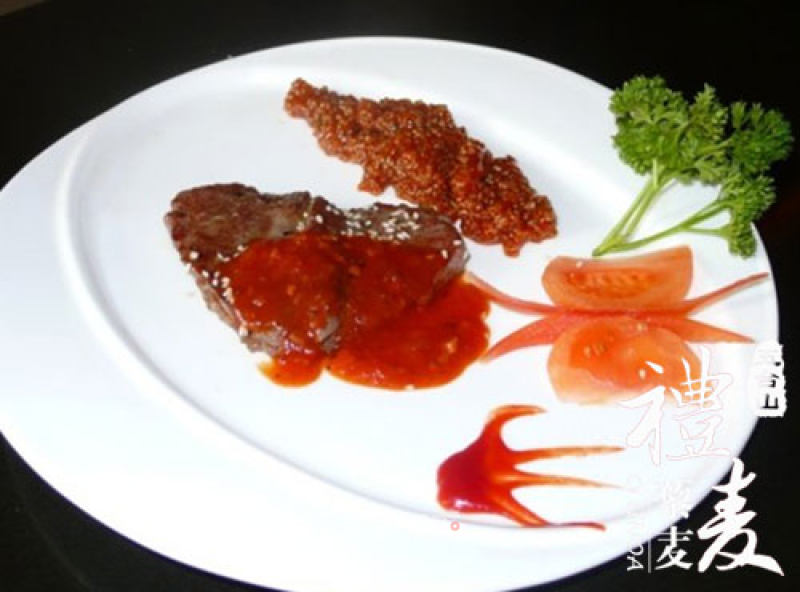How to Cook A Good Steak
1.
After thawing the steak, you don't need to wash it with water after unpacking! Use kitchen paper to dry the blood on the surface
2.
The steak does not need to be marinated for too long before frying. Sprinkle some black pepper and sea salt on the surface and let it stand for 10 minutes.
3.
Heat the pot! It must be hot enough, add a little olive oil (⚠️Note the tips), turn the heat to medium and low, add the steak, don’t move it at this time (let it produce more Maillard reactions)
4.
Turn the steak over, add unsalted butter, garlic, and rosemary to the pot at this time, and use a spoon to pour the melted butter on the steak to increase the aroma
5.
Let it stand for about 10 minutes after it is out of the pan. Be sure to stand still. This step is the essence. The temperature in the center of the steak will continue to heat up when it is standing. The steak will reabsorb and lose water when frying, making the steak more tender and juicy!
6.
Finally put it on the plate!
7.
The most scientific way to judge the maturity of beef is to measure the temperature (as shown in the picture above), but because the thickness of steak is generally thin, it is not recommended to use the temperature measurement method to judge the maturity, which needs to be judged by the chef's experience!


Tips:
1. First add olive oil (light/extra-light olive oil is recommended, virgin olive oil is not recommended because of its low smoke point) and fry, then add butter to enhance the flavor, which can effectively prevent the butter from gelatinization.
2. Maillard reaction: Maillard reaction refers to the polymerization, condensation and other reactions of compounds containing free amino groups and reducing sugars or carbonyl compounds at room temperature or when heated. After a complicated process, the final brown or even brownish black is formed. The macromolecular substance melanoidin or pseudomelanin, it is also called carbonyl amine reaction.
In addition to the production of melanoidin, the reaction also produces reduced ketones, aldehydes and heterocyclic compounds, which are the main sources of food color and flavor.

